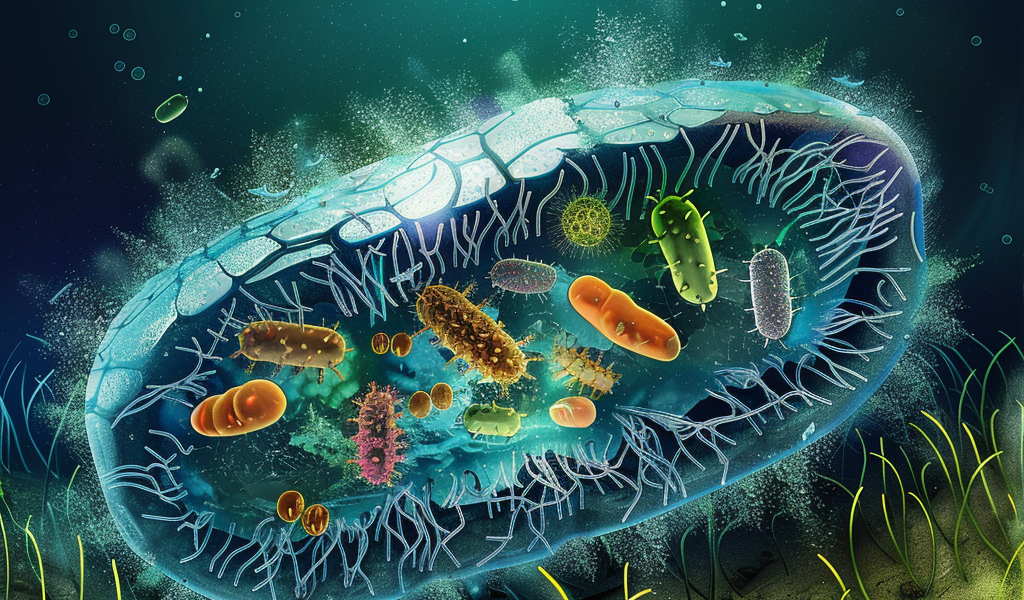Exploring the Metabolic Diversity of Endosymbionts: A Breakthrough in Microbiology
In a groundbreaking study conducted by researchers at the Max Planck Institute for Marine Microbiology in Bremen, Germany, scientists have unveiled fascinating insights into a unique form of symbiosis involving a newly discovered bacterium that resides within a ciliate, a type of unicellular eukaryote. This symbiotic relationship, which mirrors the function of mitochondria, is particularly intriguing because the endosymbiont in question derives its energy from nitrate respiration instead of the more commonly known oxygen respiration.
The initial discovery of this remarkable endosymbiont, named ‘Candidatus Azoamicus ciliaticola,’ was reported in 2021, raising questions about the broader ecological implications of such organisms. Jana Milucka, a prominent researcher at the institute, expressed the team’s curiosity about the prevalence of these symbionts in various environments. “After our initial discovery of this symbiont in a freshwater lake, we wondered how common these organisms are in nature,” Milucka stated. “Are they extremely rare and therefore eluded detection for so long? Or do they exist elsewhere, and if so, what are their metabolic capacities?”
To answer these questions, the team embarked on an extensive investigation into the environmental distribution and diversity of these endosymbionts. They utilized vast public sequencing databases that contain genetic information from a multitude of environmental samples. The results were astonishing; the researchers were able to identify molecular signatures of these symbionts in approximately 1,000 different datasets, confirming their widespread presence.
“We were surprised by how ubiquitous they are. We could find them on every inhabited continent,” Milucka remarked. The findings revealed that these endosymbionts thrive not only in freshwater lakes but also in groundwater and even wastewater, showcasing their remarkable adaptability to various ecological niches.
In the course of their research, the scientists made another exciting discovery: they identified several new close relatives of the originally discovered symbiont. This included the identification of four new species, two of which were classified under a newly established genus. The new genus, named Azosocius (meaning “nitrogen associate”), is believed to have a similar ecological role as the original Azoamicus species, which translates to “nitrogen friend.” Daan Speth, the first author of the study, elaborated on this discovery, noting how the new Azosocius species were retrieved from the extensive genetic data.
This research not only highlights the metabolic versatility of these endosymbionts but also emphasizes the importance of understanding their ecological roles in various environments. The ability of these organisms to utilize nitrate for energy production opens up new avenues for exploring how microbial communities adapt to different environmental conditions.
Furthermore, the findings underscore the significance of microbial diversity in maintaining ecosystem health and functionality. As researchers continue to unravel the complexities of microbial interactions and their contributions to biogeochemical cycles, the implications of such studies extend beyond academic interest, potentially influencing environmental management and conservation strategies.
In summary, the work conducted by the Max Planck Institute for Marine Microbiology not only sheds light on the diversity and metabolic potential of globally distributed endosymbionts but also raises important questions about the ecological roles these microorganisms play in various habitats. The ongoing exploration of microbial life continues to reveal the intricacies of life on Earth, emphasizing the need for further research in this fascinating field.





